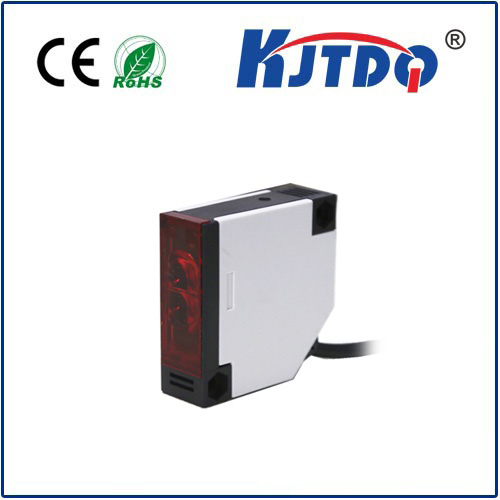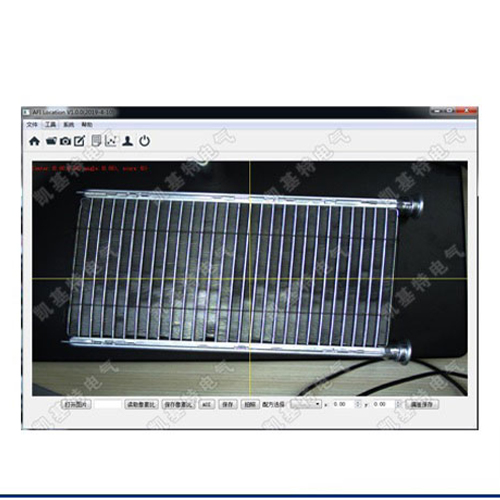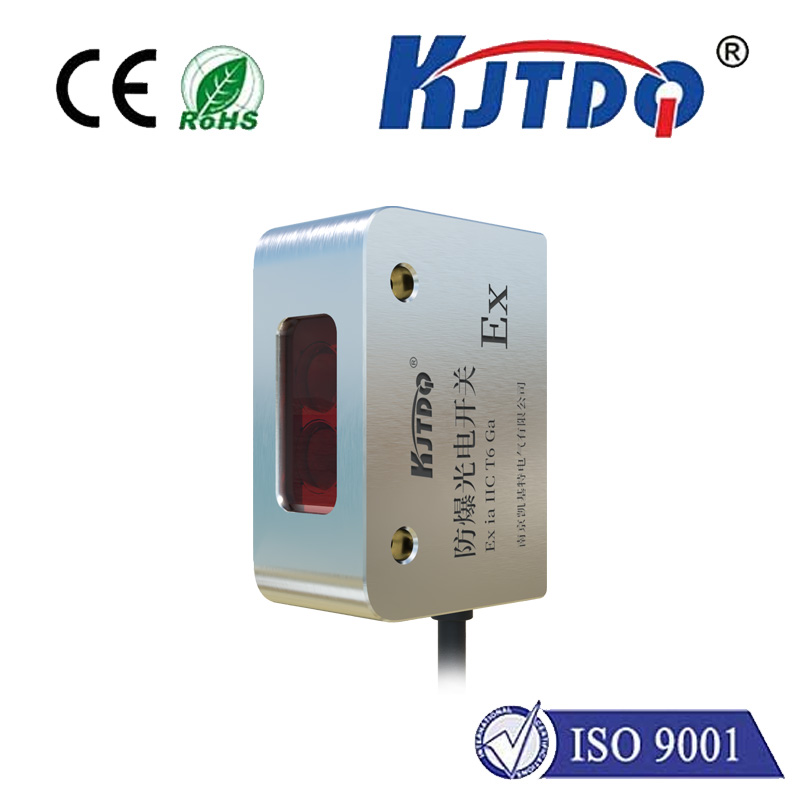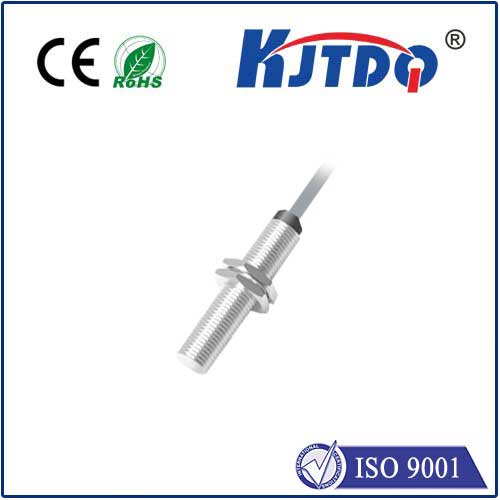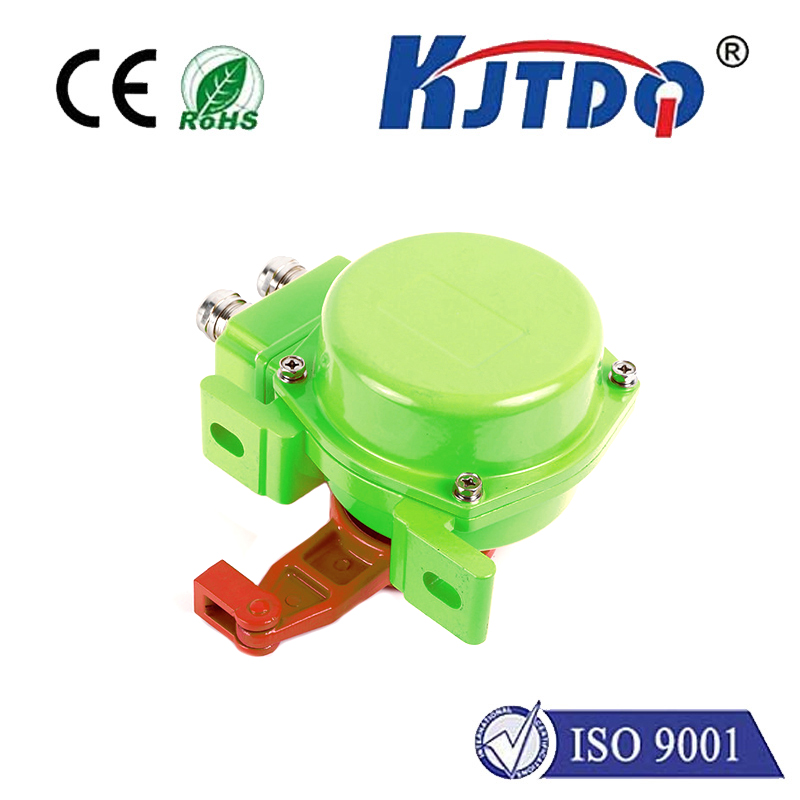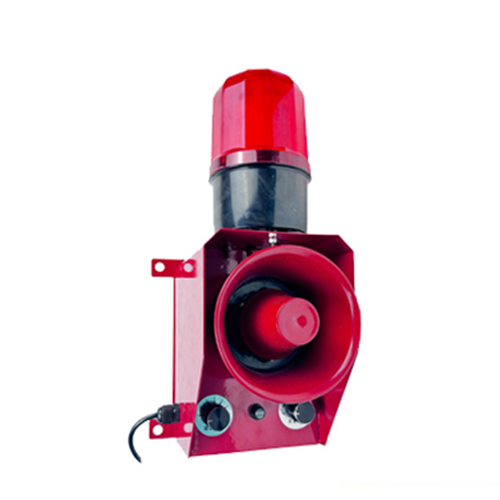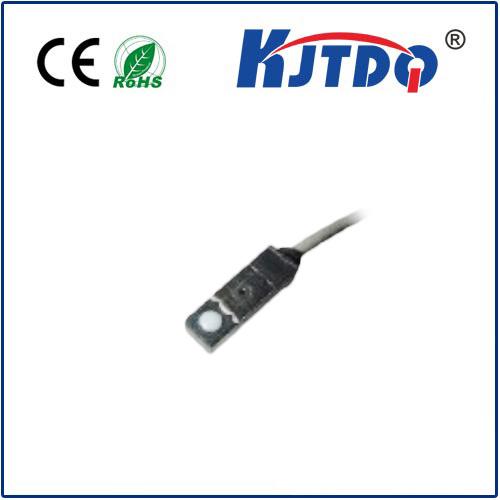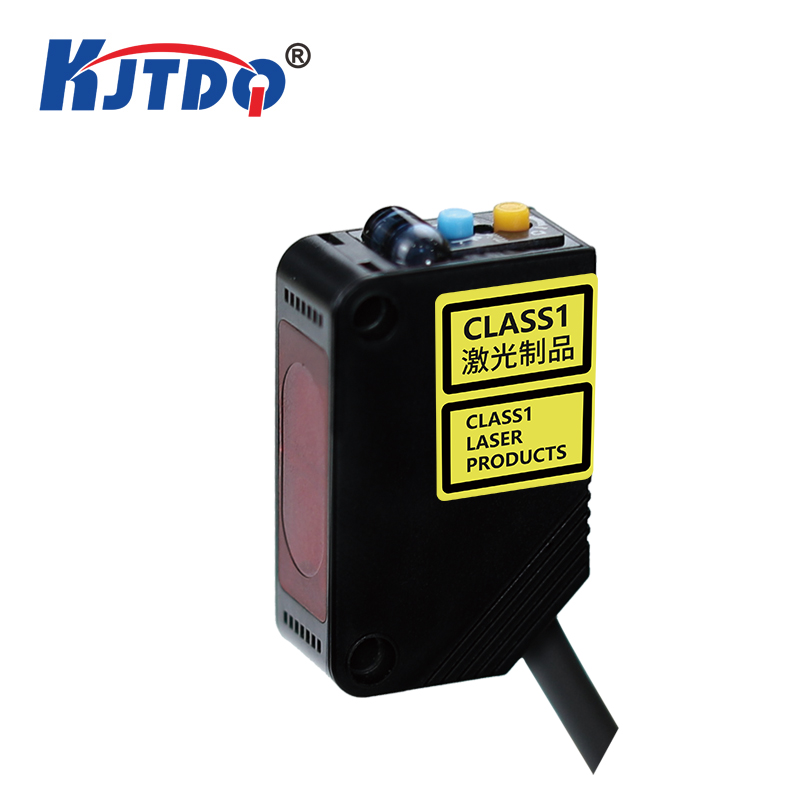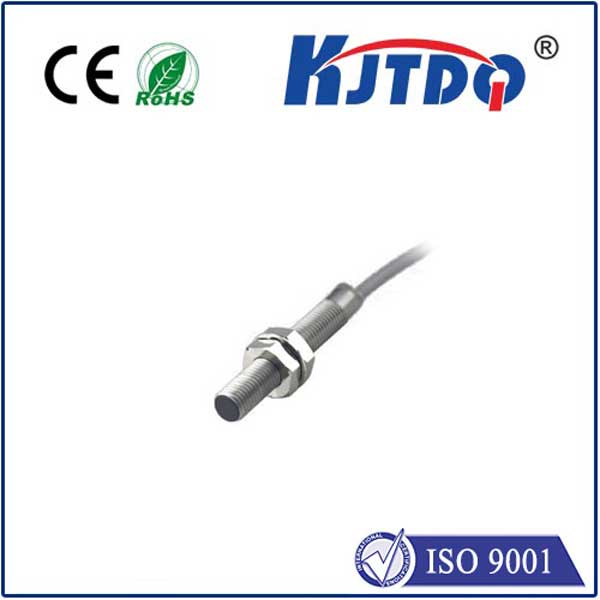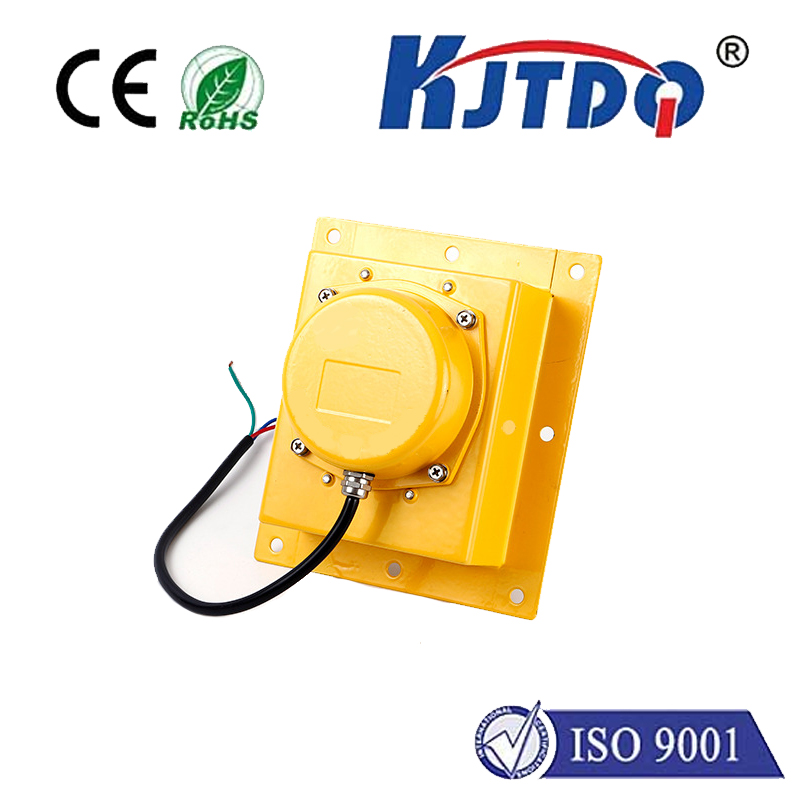photodiode sensors for lasers
- time:2025-08-15 02:17:15
- Click:0
Photodiode Sensors: The Critical Choice for Precise Laser Measurement and Control
Lasers are the scalpel of modern technology, enabling everything from delicate eye surgery and high-speed data transmission to advanced manufacturing and scientific discovery. Yet, wielding this powerful tool demands precise control and accurate measurement. How do we reliably quantify the very essence of a laser beam – its power, stability, and position? Photodiode sensors stand as the fundamental, often unsung, heroes in this critical task. Understanding their role, selection criteria, and proper implementation is paramount for anyone working with laser systems demanding accuracy and repeatability.
At their core, photodiodes are semiconductor devices that convert light directly into electrical current. This photovoltaic effect makes them exceptionally well-suited for laser measurement. When a laser photon strikes the photodiode’s active area with sufficient energy (greater than the semiconductor’s bandgap), it excites an electron, generating a measurable photocurrent. The magnitude of this current is directly proportional to the incident optical power, forming the bedrock principle of laser power sensing.
Why are photodiodes particularly favored for lasers? Several key advantages make them indispensable:

- High Sensitivity: Modern photodiodes exhibit excellent responsivity (measured in Amperes per Watt, A/W), meaning they generate significant current even from relatively low laser power levels, enabling precise detection.
- Fast Response Time: Crucial for measuring pulsed lasers or rapidly modulated beams, photodiodes offer exceptionally fast rise and fall times, often in the nanosecond or picosecond range. This allows them to track rapid changes in laser intensity accurately.
- Linear Response: Over their specified operating range, photodiodes provide a highly linear relationship between incident optical power and output photocurrent. This linearity is essential for accurate, quantitative power measurement across a wide dynamic range.
- Compact Size and Ruggedness: Photodiode sensors can be engineered into very small, robust packages, making them ideal for integration into tight spaces within laser systems or handheld laser power meters.
- Wavelength Specificity: By choosing semiconductor materials with different bandgaps (Silicon, Germanium, InGaAs, GaP, etc.), photodiodes can be optimized for specific laser wavelengths – from ultraviolet (UV) and visible (VIS) to near-infrared (NIR) and short-wave infrared (SWIR).
Choosing the right photodiode sensor for a specific laser application involves careful consideration of several critical parameters:
- Wavelength Range: The most fundamental selection criterion. The photodiode material must be sensitive to the specific laser wavelength(s) being used. A Silicon (Si) photodiode excels for visible lasers (e.g., 532nm, 635nm), while Indium Gallium Arsenide (InGaAs) is essential for common telecom and industrial infrared lasers like 1064nm, 1310nm, or 1550nm.
- Active Area: This determines the sensor’s field of view and its ability to capture the entire laser beam profile without clipping. Larger areas are forgiving for alignment but may sacrifice speed. For focused beams or position sensing (PSDs), smaller or specially shaped areas are chosen.
- Responsivity: Higher responsivity (A/W) provides greater signal output for a given input power, improving signal-to-noise ratio, especially at low power levels. Verify responsivity at your specific operating wavelength.
- Response Time / Bandwidth: Critical for pulsed laser measurement or high-speed modulation. Rise time (typically 10-90%) and bandwidth must be significantly faster than the characteristic timescales of the laser signal to avoid distortion. Slower sensors will underestimate peak power in pulses.
- Damage Threshold: Lasers can deliver intense power densities. Exceeding a photodiode’s maximum specified irradiance (W/cm²) or pulse energy density (J/cm²) will cause irreversible damage. Always check and respect these limits, especially with focused beams or high-peak-power pulsed lasers. Using appropriate attenuators is often mandatory.
- Noise Characteristics: The Noise Equivalent Power (NEP) quantifies the minimum detectable power, essentially the noise floor. For very low-power laser measurements, a low NEP is critical. Cooling the photodiode significantly reduces dark current noise.
- Linearity Range: Know the optical power range over which the sensor maintains its specified linearity. Operating too close to saturation introduces significant measurement error.
- Reverse Bias: While photodiodes operate in photovoltaic mode (zero bias), applying a small reverse bias voltage can enhance speed and linearity for many types, particularly PIN photodiodes.
Photodiode sensors are the backbone of numerous critical laser applications:
- Laser Power and Energy Meters: The core sensing element, translating optical power into electrical current for calibration and monitoring. Handheld meters, benchtop sensors, and integrated OEM modules rely on them.
- Beam Profiling: Used in position-sensitive detectors (PSDs) or as array elements in beam profiler cameras to map laser intensity distribution, beam width (diameter), and centroid position.
- Laser Diode Control: Providing real-time feedback on laser diode output power for closed-loop control circuits, ensuring stable operation and preventing catastrophic failure.
- Optical Communications: Detecting modulated laser signals in fiber optic receivers, where high speed and sensitivity are paramount.
- Laser Safety Interlocks: Monitoring scattered light or beam presence to trigger safety shutters if unsafe conditions are detected.
- Process Monitoring: In laser materials processing (cutting, welding, marking), photodiode sensors monitor laser stability and detect process signatures for quality control.
Beyond Basic Photodiodes: For demanding low-light applications like detecting very weak laser signals or single photons, specialized devices are used. Avalanche Photodiodes (APDs) provide internal gain through impact ionization, significantly boosting sensitivity. Photomultiplier Tubes (PMTs) offer even higher gain but are bulkier and require high voltage. For position sensing, quadrant photodiodes and lateral-effect PSDs provide spatial resolution beyond simple power measurement.
Effective integration is key. Photodiode sensors generate small currents, necessitating quality amplifiers and careful circuit design to minimize noise and preserve signal integrity, especially over cables. Shielding from electromagnetic interference (EMI) is vital. Proper optical configuration is equally important: ensuring the laser spot is correctly sized and positioned on the active area, and always using calibrated neutral density (ND) filters to attenuate beams beyond the sensor’s damage threshold or saturation limit. Thermoelectric cooling is often employed to stabilize temperature and minimize dark current drift.
In essence, photodiode sensors are the critical translators between the optical power of a laser beam and the electrical domain where we can measure, analyze, and control it. Selecting the right sensor, understanding its precise operating characteristics, and integrating it correctly are non-negotiable steps for achieving reliable and accurate results in any demanding laser application. Their speed, sensitivity, linearity, and versatility make them an indispensable tool for harnessing the power of light.












